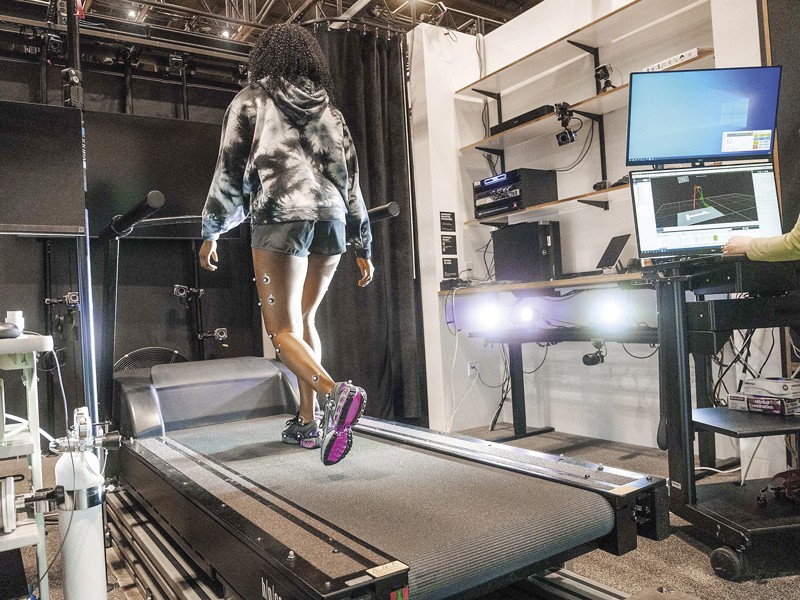


The footwear industry is entering a new period where technology, design, and sustainability converge to create shoes that are not merely a part of a wardrobe but an extension of digital and ethical identity.
Smart technology is set to redefine the functionality of footwear.
The integration of health tracking systems in shoes is on the rise, transforming them into wearable wellness devices. These shoes can monitor vital statistics, adapt to gait patterns to improve posture, reduce the risk of injuries, and even regulate temperature for enhanced comfort.
Sustainability will be at the heart of future footwear design.
With a growing global focus on environmental impact, footwear manufacturers are innovating with recycled, biodegradable materials or those derived from sustainable processes. The circular economy model is being adopted, aiming to create shoes that can be fully recycled, thereby reducing waste.
In terms of style, the line between casual and formal footwear will continue to blur. The demand for versatile shoes that adapt to various activities (from work to leisure) is driving the creation of designs that are both functional and modern. The athleisure trend remains strong, reflecting a broader shift towards comfort without compromising aesthetics.

